Results
-
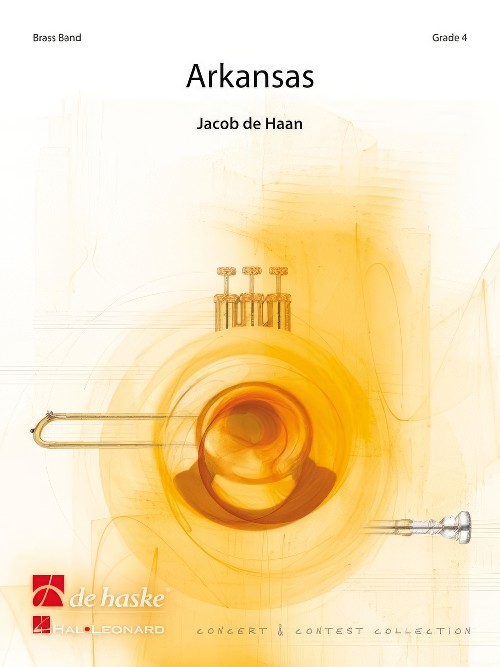 £37.50
£37.50Arkansas (Brass Band - Score only)
This concert work, one of Jacob de Haan works based on American states, is a suite in three movements, based on a well-known folk tune from Arkansas. In the course of this varied work the folk song appears in its complete form and in fragments, in major and in minor, as a ballad in a lyrical orchestration, as a blues, accompanied by a jazzy rhythm and at the end again in its pure form. In the process, all instrumental groups of the brass band get their chance to shine!Duration: 9:30
Estimated dispatch 7-14 working days
-
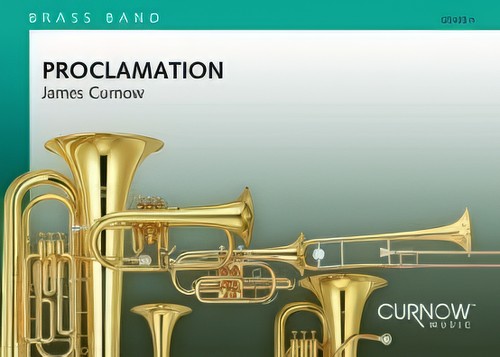 £64.99
£64.99Proclamation (Brass Band - Score and Parts) - Curnow, James
Duration: 5.30
Estimated dispatch 7-14 working days
-
 £59.99
£59.99Snow (Hey Oh) (Brass Band - Score and Parts) - Schaars, Peter Kleine
Duration: 4.30
Estimated dispatch 7-14 working days
-
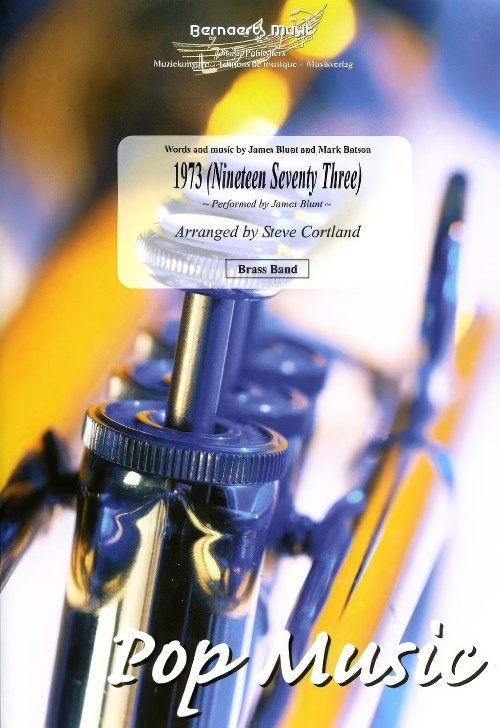 £53.99
£53.991973 (Nineteen Seventy Three) (Brass Band - Score and Parts) - Batson & Blunt - Cortland, Steve
As perfermed by James Blunt. Duration: 3.30
Estimated dispatch 7-14 working days
-
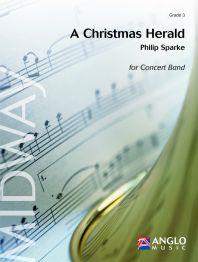 £57.50
£57.50A Christmas Herald (Brass Band - Score and Parts) - Sparke, Philip
Designed to open a Christmas concert, A Christmas Herald starts with a fanfare that introduces a lyrical theme, which eventually turns out to be a descant to Hark, the Herald Angels Sing, which is subsequently introduced by trombones and euphoniums. The famous carol then gradually transforms back into the fanfare, which closes the work as it began.Duration: 2:30
Estimated dispatch 7-14 working days
-
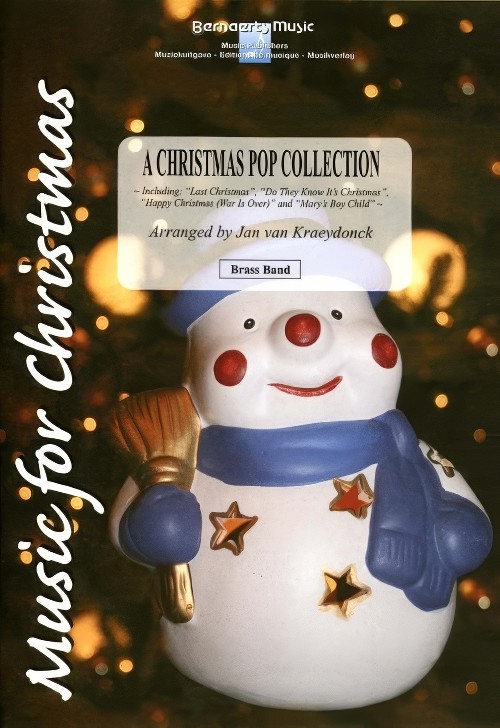 £57.99
£57.99A Christmas Pop Collection (Brass Band - Score and Parts) - Kraeydonck, Jan van
Includes: Last Christmas; Do They Know It's Christmas; Happy Christmas (War Is Over); Mary's Boy Child. Duration: 5.30
Estimated dispatch 7-14 working days
-
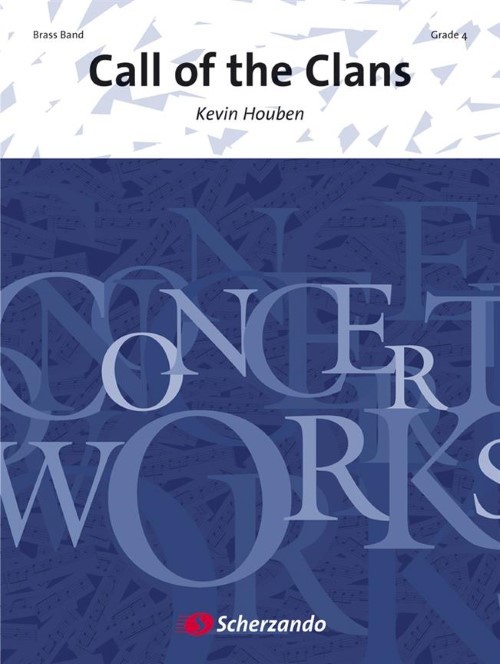 £74.99
£74.99Call of the Clans (Brass Band - Score and Parts) - Houben, Kevin
Duration: 9.30
Estimated dispatch 7-14 working days
-
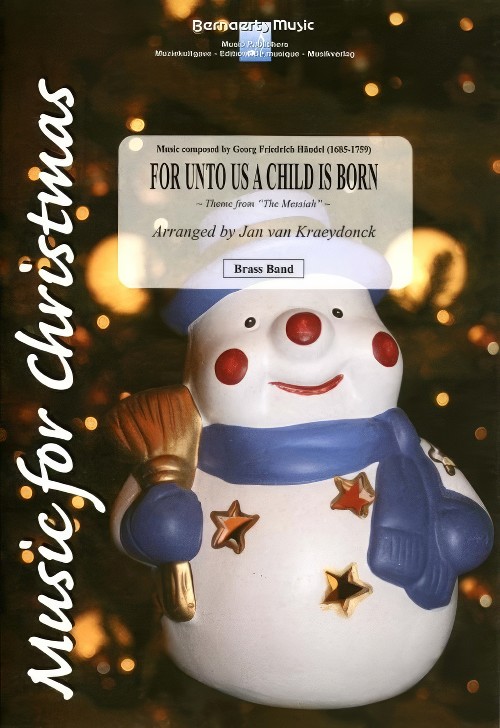 £54.99
£54.99For Unto us a Child is Born (Brass Band - Score and Parts) - Handel & Tchaikovsky - Kraeydonck, Jan van
Theme from "The Messiah". Duration: 03:30
Estimated dispatch 7-14 working days
-
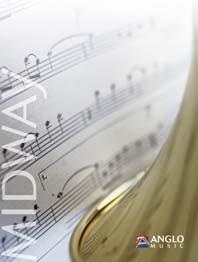 £57.50
£57.50Old Hundredth (Brass Band - Score and Parts) - Sparke, Philip
The tune Old Hundredth is one of the best-known melodies in all Christian musical traditions and first appeared in the 1551 psalter "Pseaumes Octante Trois de David", where it is used as a setting for a version of Psalm 134; it is usually attributed to the French composer Louis Bourgeois (c.1510 - c.1560). The melody was then used in 1561 by the Scots clergyman, William Kethe in Sternhold and Hopkins' Psalter for his paraphrase of Psalm 100 All People that on Earth do Dwell, which is still the most familiar hymn sung to this noble tune. When Tate and Brady's "New Version of the Psalms" was published in 1696, the melody became know as the 'old' version - hence its current title. This arrangement presents three contrasting verses and is effective as a concert piece as well as an instrumental interlude as part of a church service or wedding.Duration: 2:30
Estimated dispatch 7-14 working days
-
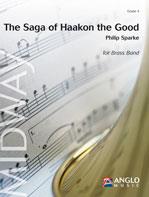 £20.99
£20.99The Saga of Haakon the Good (Brass Band - Score only) - Sparke, Philip
Duration: 13.30
Estimated dispatch 7-14 working days
